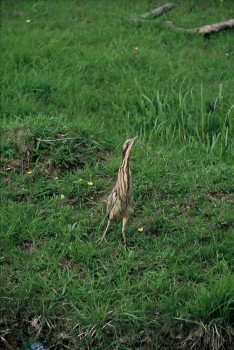The Australasian Bittern (Botaurus poiciloptilus), or matuku is a large, heron-sized bird.
They are rarely seen because of their secretive behaviour and excellent camouflage. They are most active at dawn, dusk and through the night. They live in wetlands throughout New Zealand with Whangamarino Wetland in the Waikato being the most nationally significant site.
There are fewer than 1,000 and their conservation status is nationally endangered which is the second highest level of endangerment.

Matuku breed deep in wetlands. The distinctive booming calls of male matuku can be heard at the beginning of the breeding season and are often the only sign that they are present in a wetland. The breeding season is long (spread over 10 months) although most eggs are laid in November and December. Birds lays up to 6 eggs. Matuku feed, mostly at night, on fish, eels, frogs, freshwater crayfish and aquatic insects.
One of the main threats to Australasian bittern is habitat clearance and drainage. Over 90% of freshwater wetlands have been drained and cleared since Europeans settled New Zealand. Other major threats to makuku habitat include grazing, water pollution and taking of water for other uses, loss of food supplies, predation by introduced mammals such as cats, rats, dogs and mustelids.

